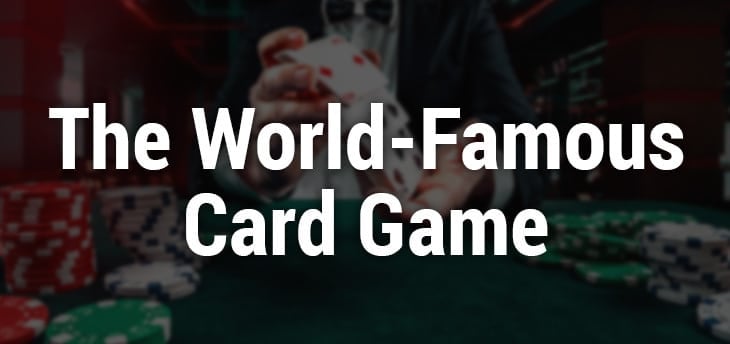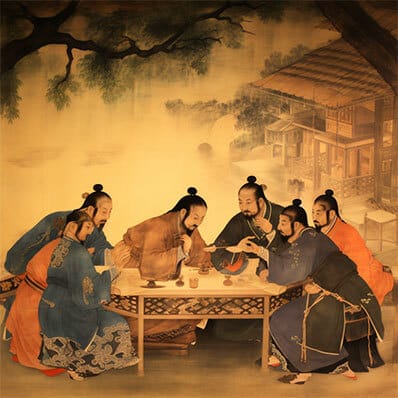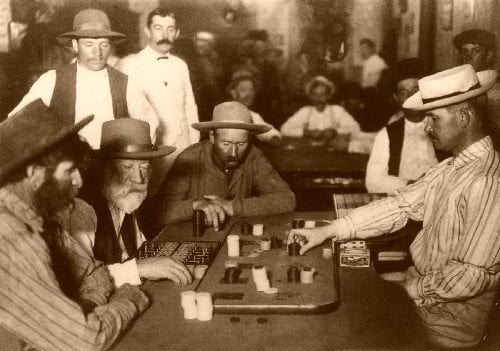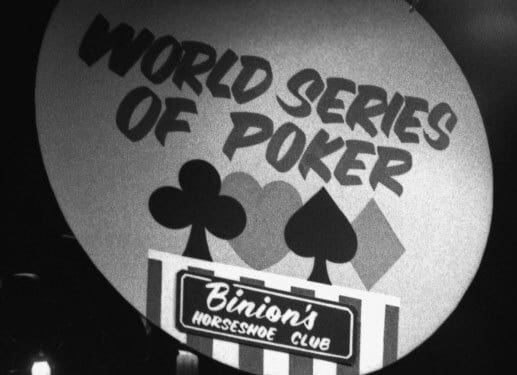A Brief and Vague History of Poker

Poker is one of the world’s most popular and widespread casino games. You’ve almost certainly heard of it, whether through depictions of poker in blockbuster movies like Casino Royale (2006) or broadcasts of competitive poker in tournaments like the World Series of Poker (WSOP).
However, if you haven’t played the game yourself, you may be confused about what poker actually is. Thankfully, we’re here to help. We’ll explain what poker is, going through its entire history and explaining how it’s changed over the years. Let’s get started!
Poker’s earliest ancestors: China or Persia?
The history of poker’s earliest ancestors is still a hotly-debated topic with no definite conclusion. It generally believed to be either 10th-century China or 16th-century Persia.
One of poker’s earliest ancestors is believed by some to be a 10th-century domino card game played by a Chinese emperor. This game was a predecessor of Pai Gow, an ancient version of poker that, after years of evolution, is now known as Chinese Poker and is incredibly popular worldwide.
However, some believe that poker originated in Persia, as a 16th-century card game known as “As Nas” that bares a shocking resemblance to today’s poker. General Albert Houtum-Schindler even described As Nas as “exactly like Poker, but without any flushes or sequences (straights).”
Like poker, the objective of As Nas is to make the best five-card hand. Unlike poker, As Nas only has five unique cards: As (ace), Shah (king), Bibi (lady), Serbaz (soldier), and Couli or Lakat (dancers or musicians). These cards are repeated four or five times depending on the number of players to make a 20 – 25 card deck.

Players can call, fold, or raise, just like regular poker. There’s no checking since the dealer always puts down a bet. They can even call or raise without looking at their cards, the equivalent of modern-day poker’s “straddle bet.” Bluffing is a standard part of strategy in As Nas, further highlighting its similarity to poker.
European Poker: Primero, Poque, and Pochen
Whether you believe poker originated from China or Persia, it’s commonly agreed that the next ancestors of poker all came from Europe. There were three dominant games, one of which eventually traveled to America.
Primero was the first, a Spanish card game dating back all the way to the 16th century. It eventually became the blueprint for the other two games, Poque and Pochen. Primero used a 40-card deck and gave players two cards every round. It also introduced and encouraged bluffing; however, it was surprisingly against the rules to pretend your hand is weaker than it actually is.
Pochen was the German ancestor of poker, becoming popular in the 18th century. There’s no one form of Pochen; like poker, there were many variations. The game would use a different-sized deck depending on the number of players. Three to four players would get a 32-card deck, and five to six players get a 52-card deck.
Finally, we have poque, the French equivalent of Pochen. This game would eventually travel to the US due to French colonists bringing it to their settlements in New Orleans. When New Orleans became part of the US thanks to the Louisiana Purchase, poque stayed.
Poque becomes Poker
English speakers in New Orleans modernized poque, changing its name to poker and making it five cards per player. Poker became very popular throughout the area, being played on riverboats carrying goods through the Mississippi River. The game continued to evolve, eventually adopting the iconic 52-card deck around 1834.
By the 1860s, poker had adopted flushes, straights, and a fourth betting round. It started rapidly gaining popularity thanks to the 1861-1865 Civil War. Soldiers brought the game home after the war ended, spreading poker throughout the Midwest and Northeast.
The lawless era
After the Civil War, poker became incredibly popular throughout the US, albeit only among a specific audience. It was the game of choice for hustlers, criminals, and hardened gamblers during the Wild West. Because of this, poker gained a bloody and violent reputation. There were no simple, “clean” games; everyone was armed and would not hesitate to get violent if they felt cheated.

Even after the lawless Wild West period ended, poker’s reputation was not cleared. It took a long time for poker to become established and legitimate, which it did through tournaments like the WSOP.
The WSOP is born
In 1969, casino owner and poker player Benny Binion attended a private event known as the Texas Gamblers Reunion. It invited the biggest names in poker to compete against each other through several days of high-stakes cash games. It was a novel idea, however, that 1969 event would be the both first and last Texas Gamblers Reunion ever.

Binion, however, wasn’t done. Inspired by the 1969 event, he organized his own in 1970, naming it the World Series of Poker. It didn’t bear much resemblance to the WSOP today, as it was just seven pros playing cash games against each other. Still, it was a start.
Over time, the WSOP began evolving, adopting the iconic freezeout elimination-style tournament format in 1971. By 1976, it settled on bracelets as the reward to set itself apart from other games and give pros something they could actually use while playing.
The online poker boom
From 2003 to 2006, poker exploded in popularity. This event, dubbed “The Poker Boom,” was the result of two big developments.
The first was the introduction of online poker in 1999. It brought a new dimension to the game, allowing people to play from anywhere without traveling to a real casino. This convenience is the biggest reason online poker has become the most popular way to play, far surpassing land casinos in terms of player count.

The second event that caused the poker boom was Chris Moneymaker’s momentous 2003 WSOP win. He was an amateur accountant who qualified for the WSOP off a $39 satellite tournament online. When he won the WSOP Main Event, he showed everybody they could be the next big poker star, not just pros who have played poker for years. The resulting fallout from his win and affect on the online poker industry has since become known as ‘The Moneymaker Effect’ It also strengthened online poker’s reputation as Moneymaker was only at the WSOP because of the online tournament.
Modern-day: What is poker?
The saga of poker, from its disputed beginnings, its evolution in Europe, its transatlantic journey to the heart of America, and its subsequent emergence in the digital realm, is a testament to the enduring allure of the game. The chronicle of poker’s evolution mirrors a broader narrative of globalization and digital transformation. Whether it is the gritty games of the Wild West, the esteemed halls of the World Series of Poker, or the digital battleground of online tournaments, poker’s charm and tactical depth remain an enduring part of its appeal. As we delve into the future, one can’t help but wonder what new incarnations this ever-adaptable game might assume, continuing its trajectory as a global pastime that transcends boundaries, cultures, and epochs.
